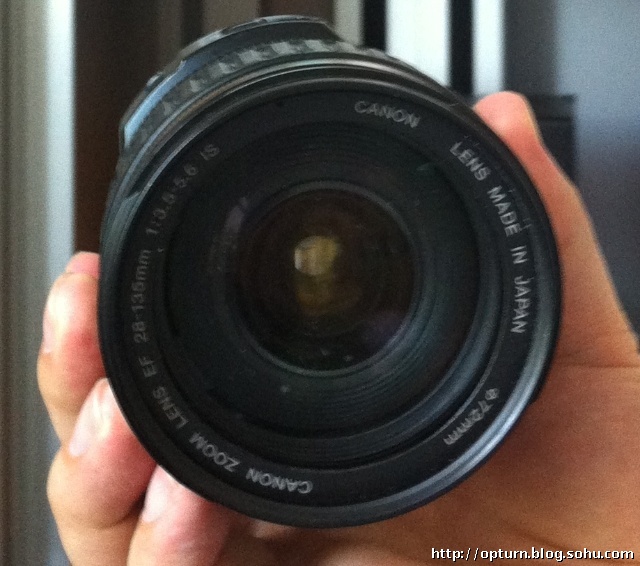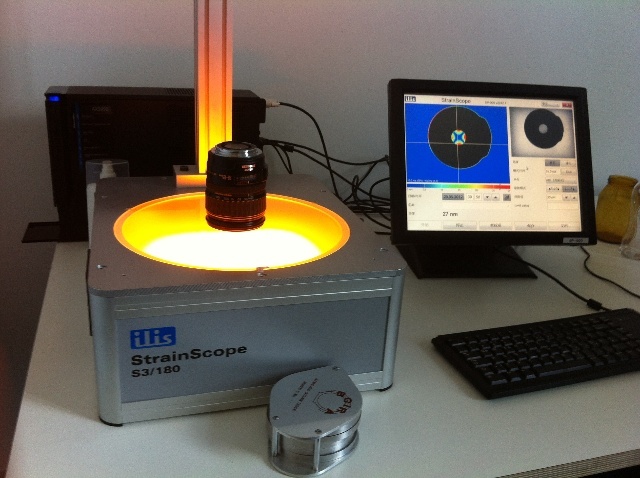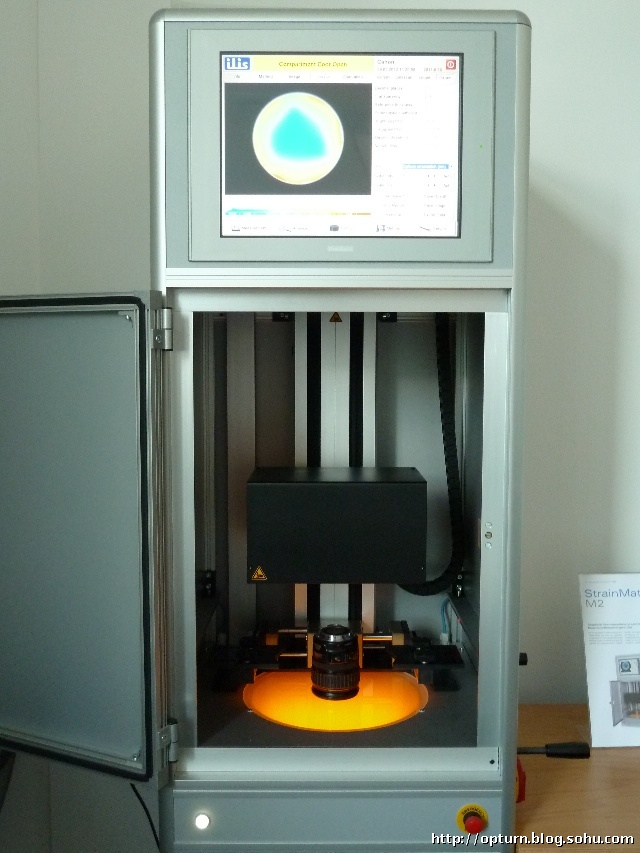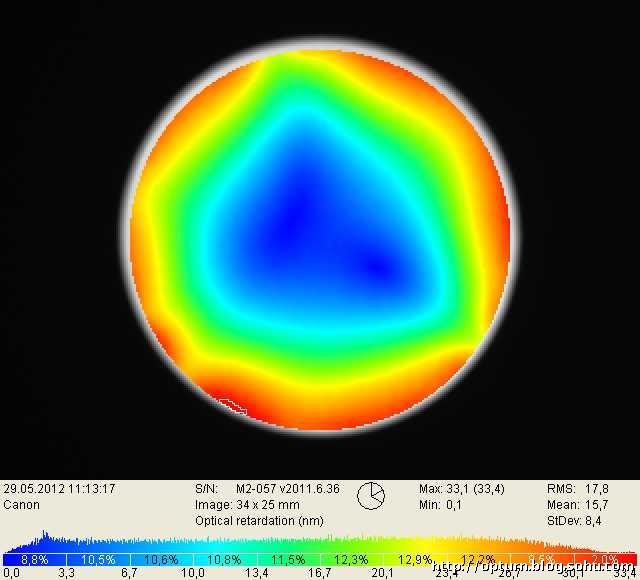Stress birefringence and measurement for lens assembly
Writer: admin Time:2020-01-15 16:52 Browse:℃
The stress birefringence effect in optical lenses can affect the imaging wavefront, so the optical glass materials used in optical lenses have strict stress requirements. However, due to the improper matching between the lens and the fixture during the lens assembly process, stress will also be introduced into the lens, which is generally difficult to measure quantitatively. The usual method is to measure the wave front before and after the lens assembly and judge the clamping stress by comparing the changes of the wave front. The difficulty of this operation is determined by the difficulty of measuring the lens, and it is difficult to distinguish the lens wavefront from the wave front caused by stress.
We tried to use ilis stress birefringence to measure the clamping stress of the lens.
Ilis stress meter measures stress by imaging method. Its light source has diffuse light source, also has collimating light source. For the collimating light source, when measuring the lens, it is possible for the light to converge after passing through the lens, resulting in a smaller image. Therefore, the detector should be able to move along the optical axis to achieve the maximum field of view. As for the diffuse light source, due to the disordered direction of the light and the complex geometric relationship between the imaging point of the detector and the lens, it is difficult to determine the exact location of the stress.
We used a Canon SLR lens (EF 28--135mm) for testing.

1) diffuse light stress meter: StainScope real-time stress meter
This instrument is characterized by its ability to display the stress distribution of the whole area in real time and give the stress value of the test point.

In the figure above, the colored part is the stress distribution of the whole region. The distribution given in the figure above is incomplete because the stress cannot be measured in the direction parallel and perpendicular to the crystal axis. By rotating the sample, the stress distribution in other regions can be seen. If the stress value of a point is to be measured, such as the red position below the image in the figure, move the position to the center of the crosswire, and the stress value of the point will be displayed automatically, as shown in the figure at 27nm.
This instrument is suitable for lenses with high stress, and the stress value is not required to be measured accurately and quickly. It is suitable for the stress inspection in the process of lens assembly and can avoid the occurrence of large stress.
2) collimating light source: StrainMatic M2/250 general type
This stress meter USES a collimating light source and the detector part can be moved up and down to suit samples of different heights. We can use this feature to find the maximum imaging location. During the measurement, the polarizer will be automatically selected inside the instrument and measured in at least three positions. After analysis and calculation, the comprehensive measurement results, including the distribution and size, are given.
 The measured results are as follows:
The measured results are as follows:

The stress distribution of the lens is shown in the figure above. The maximum stress is 33nm, which is basically distributed at the edge, which is definitely caused by assembly or adhesive, while the stress in the central region is very small, below 10nm. In another interface of the software, you can also drive to each point of stress direction.
This instrument is more suitable for accurate measurement of lens stress, as a final inspection of the lens stress evaluation.



